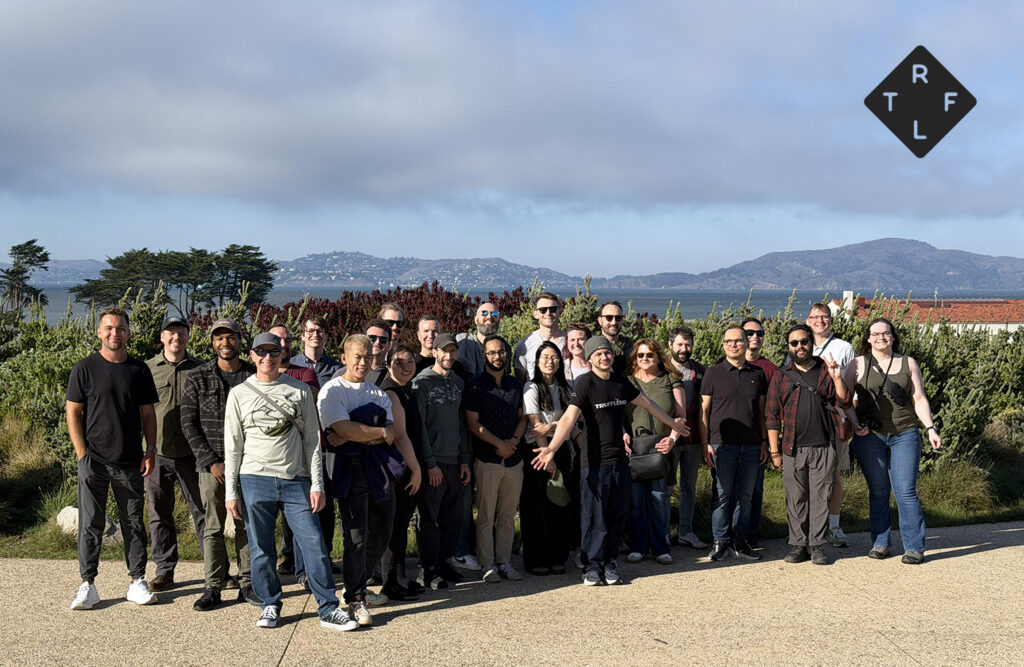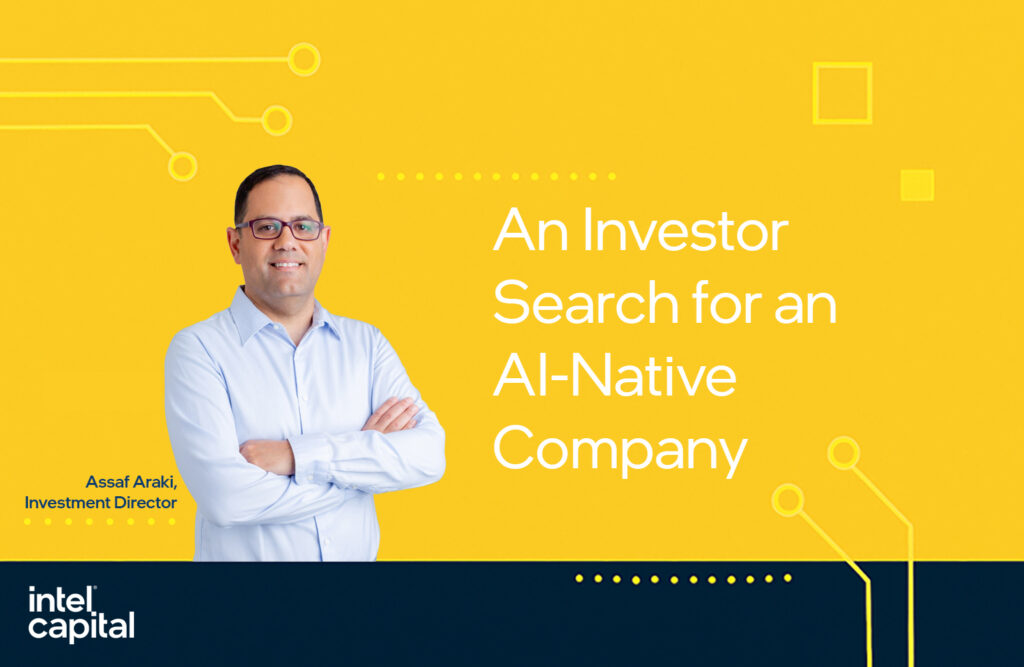
State of the Union: Key Lessons in GenAI from Washington, D.C.
The recent event in our Nation’s Capital offered a captivating window into the public sector’s evolving relationship with Generative AI (GenAI). As government agencies begin integrating this game-changing technology, several themes stood out, shining a light on the opportunities and challenges shaping this transformation. Here’s a closer look at some of the most significant takeaways and what they mean for the future of AI in government.
1. GenAI ROI: Learning, Not Earnings (Yet)
In the early stages of GenAI adoption, the focus shifts from immediate returns to a crucial question: "how do we learn?" This period of experimentation is crucial for exploring a variety of technologies through a multi-cloud, multi-vendor approach. The mantra is clear: there are no failures if we learn. While traditional metrics for ROI, like improved productivity, can be elusive, GenAI offers the potential to elevate junior employees to senior-level tasks, showcasing its transformative power. Across the federal landscape, there may be no immediate financial compensation for pilot projects. But success in these pilots will lead to significant budget allocations.
Insight: For public sector leaders, it’s essential to frame GenAI adoption as a journey. Rather than expecting immediate, quantitative returns, consider these early investments as foundational learning for tomorrow’s capabilities.
2. The Unavoidable Tax of Data Security
Security emerged as a pivotal concern, with attendees emphasizing the need for robust guardrails to protect enterprise data. This resonated deeply with the audience, reflecting widespread anxiety about data security and government. But these critical capabilities come as an inherent tax, and so the question looms: who will impose and levy this tax?
If the federal government expects venture capitalists and startups to self-regulate, they are in for a rude awakening. A sustainable path forward requires a collaborative approach with regulators to establish and maintain critical security standards.
Insight: In the absence of clear standards, be critical of vendors’ data government and security capabilities. Think of security as the infrastructure under GenAI’s runway – it might be invisible during takeoff, but it’s the critical foundation enabling sustainable flight.
3. AI-Powered Basic Research: A New Paradigm
AI is revolutionizing basic research within the federal government’s national laboratories. This technology is not only enabling new use cases but also redefining traditional research methodologies across a broad spectrum of initiatives from climate change and drug discovery to national security. The shift towards AI-driven research signifies a profound change in how knowledge is pursued, unlocking unprecedented opportunities for innovation and discovery.
Insight: GenAI is a new research assistant, one with endless potential and no set hours. In this transformation, federal researchers are discovering novel insights at a previously unimaginable pace.
4. The Cloud Cost Conundrum
While excitement over GenAI’s capabilities often dominates discussions, cloud costs remain a thorn in the developer’s side. Cloud Service Providers (CSPs) are essential partners in GenAI implementation, but their services come with a price tag that’s often overlooked in the thrill of “just getting started.” Balancing the zeal for GenAI with sound fiscal strategy is crucial. The public sector must weigh the initial costs against sustainable, long-term investment to avoid being overwhelmed by cloud bills down the road. AI will remain the steady fulcrum of this pendulum, but the moment of reversal is near.
Insight: Leaders in the public sector should recognize that while the “art of the possible” is exhilarating, successful GenAI adoption requires economic mindfulness. A strategic approach to cloud expenses will ensure that innovation doesn’t come at an unsustainable cost.
As the public sector embarks on its journey into the GenAI frontier, these insights act as both a roadmap and a reminder. This path forward requires continuous learning, adaptability, and strong collaboration. By committing to these principles, government agencies can unlock GenAI's full potential and successfully steer through the complexities of this transformative technology.




